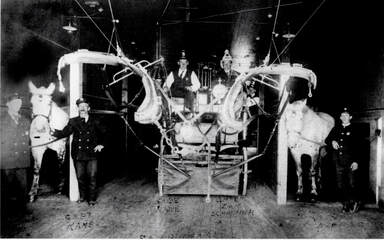 San Rafael Was the First Fire Department in Marin County. This is their history. The year was 1874. Queen Victoria was Queen of England. Benjamin Disraeli had just become her Prime Minister. President Grant was in his second term as the country's President. California's Governor was a Republican by the name of Newton Booth. This was the year Herbert Hoover, Winston Churchill and Robert Frost were all born … And on December 5, 1874, the San Rafael Fire Department was organized. By posting a notice in the Marin County Journal, Mr. William Miller and Mr. J.B. Rice stated their intention to organize a volunteer company to provide fire protection for the newly incorporated City of San Rafael. The enthusiastic response from local citizens led to the formation of a 45 man volunteer fire department,led by elected sheriff, James Tunstede. The volunteers came from a variety of professions including a school superintendent, a county surveyor, a justice of the peace, carpenters, plumbers, , blacksmiths and merchants.The newly formed company called itself "San Rafael Hose Company Number One", but soon changed its name to the "San Rafael Hose, Hook and Ladder Company" to better identify its duties. The company proudly proclaimed the motto "We are always ready when you want us “Funding for this company came from a variety of sources including member dues, annual dances, gifts from grateful citizens who had property saved from fire, and occasional petitions to the town trustees. The company’s first piece of equipment was a four wheeled hose cart which was pulled by hand. The men would literally run to the fire pulling the hose cart behind them. San Rafael had a very good gravity fed water system as well as strategically placed fire hydrants throughout the city - by 1894 there were 55 hydrants in the city. Unlike cities with poorer water pressure, San Rafael did not need to rely on hand or steam pumper carts to supply water pressure to the hoses. To produce a strong firefighting hose stream, the firemen simply connected the hoses to the nearest hydrants and applied the hose stream against the structure or item on fire. However, there were some drawbacks to this system. In the Spring of 1875 the Company responded to a fire in a barn on B Street. It was literally a dark and stormy night. When the company began to pull the hose cart to the fire, it immediately became mired in the mud until enough men gathered to free it. When the company arrived on the scene it was discovered that the wrench to open the hydrant had been left back at the firehouse! The final insult to injury came when the firefighters finally got the wrench only to discover to their dismay that they did not have enough hose to reach the fire; the barn burned to the ground. The art of firefighting had room to grow. The San Rafael Hook and Ladder Company continued to evolve and improve. By the 1890’s, the Company had 90 volunteer members, two hand pulled hose carts, two hose carriages and one hook and ladder wagon that was pulled by a rented team of horses when needed. Later the horse team of Tom and Jerry were purchased to provide full time service and availability in order to reduce response time to a fire. In 1913, the Department entered the modern era when it purchased its first motorized chain driven apparatus- a Pope chemical wagon. The days of running to the fire with a hand-pulled or horse pulled wagon were gone forever. Tom and Jerry lived out their lives pulling a coal wagon in San Anselmo. The Little Town of Ross Was First Seagrave was founded by Fredric Seagrave in Detroit, Michigan in 1881. It is today the oldest continuous manufacturer of fire apparatus in the United States. In 1909, Ross resident and well-known architect Conrad A. Meussdorfer led the effort to improve the Ross fire protection, as noted in the San Francisco Call, Volume 106, Number 164, 11 November 1909 "Auto Fire Engine For Ross - Saturday the new automobile combined hose wagon and chemical englne passed through here on its way to Ross, where It will do duty. It is the gift of Mr. John Martin, the well known resident of Ross who never does anything by halves, to the Ross Volunteer Fire Department as a slight appreciation for the valuable work rendered when his green houses were on fire. Al Jewett, chief of the Sausalito Volunteer Fire Department, was deeply Impressed with its value and the generosity of Mr. Martin. He Is looking forward to the time when Sausalito will have one will have one. The automobile is a whole fire department In Itself. It will carry 2000 feet of hose, a long extension ladder, besides hooks, short ladders, axes and lanterns and the full equipment IncludIng the chauffeur and firemen. The auto fire wagon took a run Into San Rafael on Sunday night, where it was the center of much attraction and admiration by all." 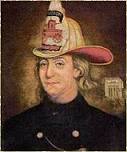 The first American (volunteer) fire department company is often credited to Ben Franklin, around 1736, in, Philadelphia, PA. it was called the Union Fire Company. This started as a "club" or co-op, to protect each other's homes in the event of a fire. We in California can expect that many insurance companies will be leaving the state in lew of our recent configuration. 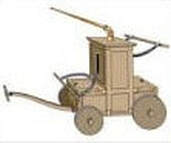 This is the first workable fire engine to be built in the United States. It was constructed in New York City by Thomas Lote, a well known coppersmith and ship builder who made delivery to the city late in 1743. It became popularly known as “Old Brass Back” because of Lote’s lavish use of polished brass fittings.It appears on the United states firs stamp dedicated to the volunteer firemen. Issued in 1947. 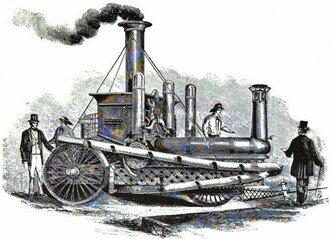 To Moses Latta. Of Cincinnati, Ohio, belongs the honor of inventing the first successful Steam Fire-Engine. This engine was named “ Uncle Joe Ross” The weight was 22,000 lbs and required four horses. It was placed into service Jan. 1, 1853. Thus, the first paid fire company to operate with the untiring energy of stream was brought into existence, the first in any age or country. 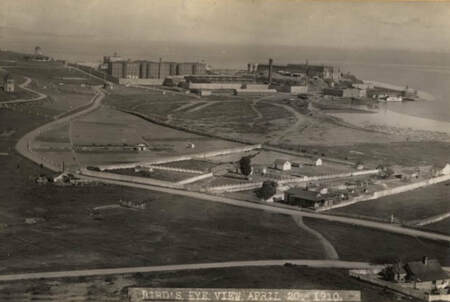 The San Quentin State Prison Jute Mill Fire Takes the Life of Marin County Firefighter. San Quentin March 3, 1909. Standing shoulder to shoulder with their guards 105 convicts fought like demons against a raging fire in the largest textile mill in California. The Juit Mill made burlap bags for the California agricultural industry. The mill sat on the banks of San Francisco Bay outside the main walls of the prison. Without a doubt it was the dirtiest job an inmate could be assigned. Each day an inmate was required to weave 300 feet of material, the noise and the dust filled air, made it a hazardous place to work. The striped garbed firemen made no attempt to escape, but battled with the blaze, risking their lives in determined effort to defeat the roaring fire. During the losing fight against the fire the leg of James Frowroan, a prisoner from Jan Joaquin county was broken so severely, that it had to be amputated. Frowman, in company with several other convicts, were attempting to save a Gatling gun in the post on the top of the warehouse. Frowman was descending the ladder to the ground when he was overcome by thick smoke and fell. A moment later the heavy gun crashed down and struck him on the leg, breaking it in two places. The gun was being lowered and got beyond the control of the convicts. A hurry called was sent to San Rafael for aid and the Larkspur Fire Department also responded. Fire Chief Dan Schnieder took charge, and they laid five lines onto the building. Fire Chief Ambrose of Larkspur responded with their two 60 gallons chemical engine. An hour later the fire tug Governor’ Markham from San Francisco steamed around the point. The water in the bay was too shallow for passage, so the tug was compelled to tie up at San Quentin point, half a mile away. At 4’o’clock the launch Governor J.N. Gillett, with 10 firemen from company 12 and headed by Captain Cook, reached the fire and rendered much assistance. CONVICT-HERO IS HONORED IN DEATH Brave Man in San Quentin Fire to Get Private Burial SAN QUENTIN. March 5, An honorable burial, the reward for an honorable death, will be accorded S. J. Frooman, a convict who died in the prison hospital this afternoon from Injuries received while bravely fighting the fire in the penitentiary last Wednesday. Frooman, displayed reckless gallantry during that exciting period. When the call came for volunteers, he was among the first to step out. It was his one opportunity to retrieve his dishonored name, to clear himself of the taint of a criminal being, to take his place as a man among men. It was his chance, and he took It. For a few moments, he lifted himself from out the slough of his debased position and then died. While yet he lived in honor a merciful Gatling gun fell upon him, crushing him to his death. He lived in dishonor but died a man, and for his manner of death will be burled as a man. In San Rafael cemetery, not as a criminal in a convict grave. This will be the only satisfaction to his wife and daughter, who are in Europe and unaware of his crimes and his death. He was convicted for forgery and would have been released in 1911. The' expenses of his funeral will be paid by the guards of the prison. San Francisco Call, Volume 105, Number 96, 6 March 1909 QUESTIONS OF THE Day ???
On what fire service equipment will you find a Dog House? Which Marin County fire chief received the equivalent of our Congressional Medal of Honor from France? Why did the City of Cincinnati have Uncle Joe Rose built? Using the first initial of Conrad A. Meussdorfer what equipment was invented in Marin County? The purpose of the Marin County Fire Chief’s sponsorship of this site is to promote awareness and appreciation of the counties Fire Service history. We cannot forget those that came before us, and step forward to except the challenge of protecting their towns and villages. They made the commitment and sacrifices with no regard for their own wellbeing. It’s our hope that the Code Three newsletter will keep alive their memories and deeds for current and future generations. Farewell for now Comments are closed.
|
AuthorOur Blog announces new site content, and gives the context of the topic and it's relationship to fire service history. Written by Bill Lellis & Paul Smith Archives
August 2022
Categories |
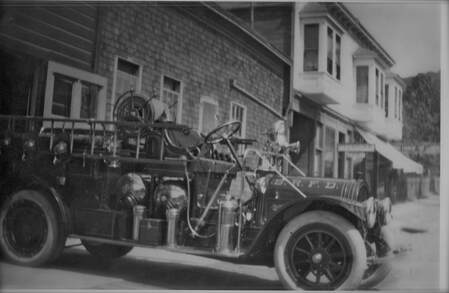
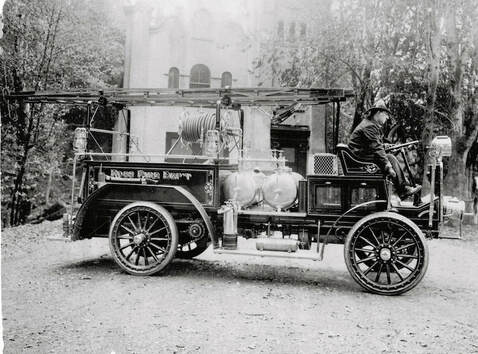
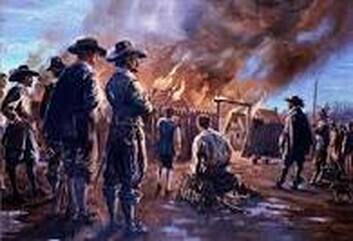


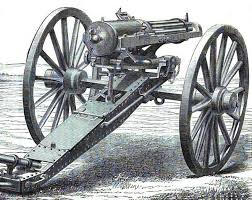

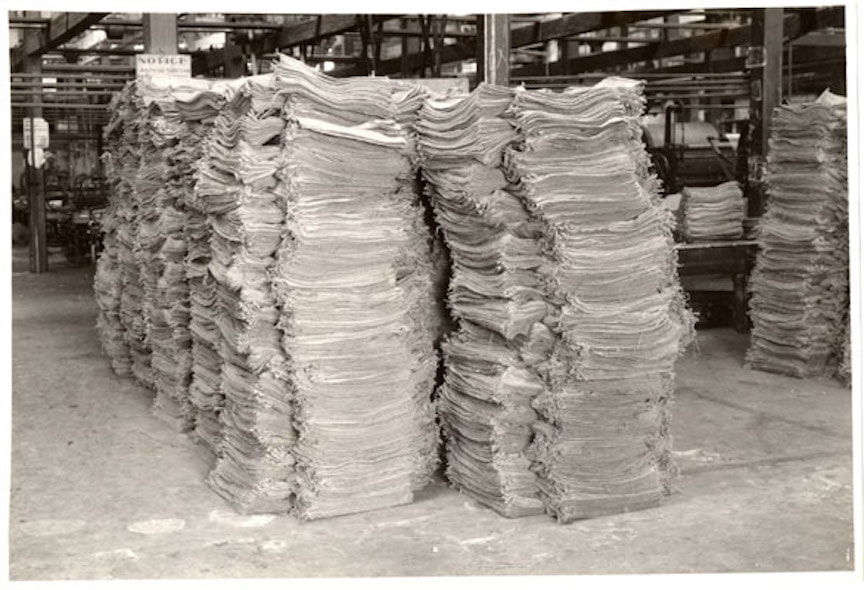
 RSS Feed
RSS Feed